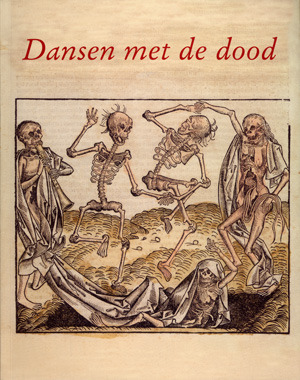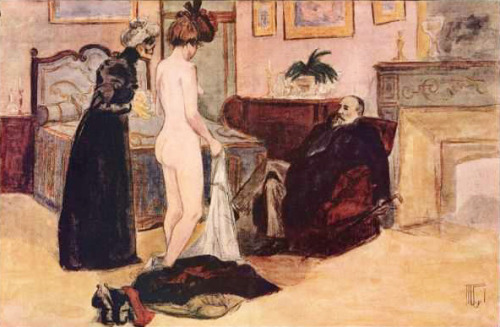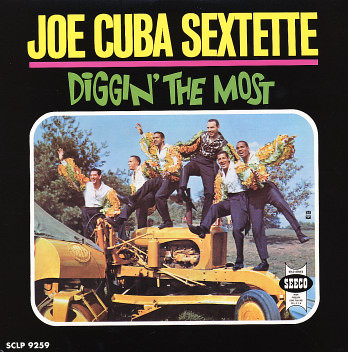On this day 30 years ago in 1979, Disco Demolition Night heralded the last days of disco.

Disco started in small nightclubs in American urban centers in the early seventies with imported records such as “Soul Makossa.” During the 1970s disco steadily increased in popularity reaching a high point with Saturday Night Fever in 1977.
This was followed with a homophobic, racist backlash two years later when rock music fans started to consider disco culture — with its perceived drug-fuelled sexual promiscuity — silly and effeminate, and objected to the idea of centering music around an electronic drum beat and synthesizers instead of live performers.
Another (more masculine) subculture, punk music, arrived on the scene.
Parodies of disco music became common. The backlash was epitomized in Chicago by the riotous Disco Demolition Night.
Nile Rodgers, guitarist for the popular disco era group Chic said “It felt to us like Nazi book-burning, This is America, the home of jazz and rock and people were now afraid even to say the word ‘disco’.”
There was never a focused backlash against disco in Europe.
Now, for the first time on this blog: local news coverage of this Dionysian moment.
[Youtube=http://www.youtube.com/watch?v=MpQfCcsqQ0E]








